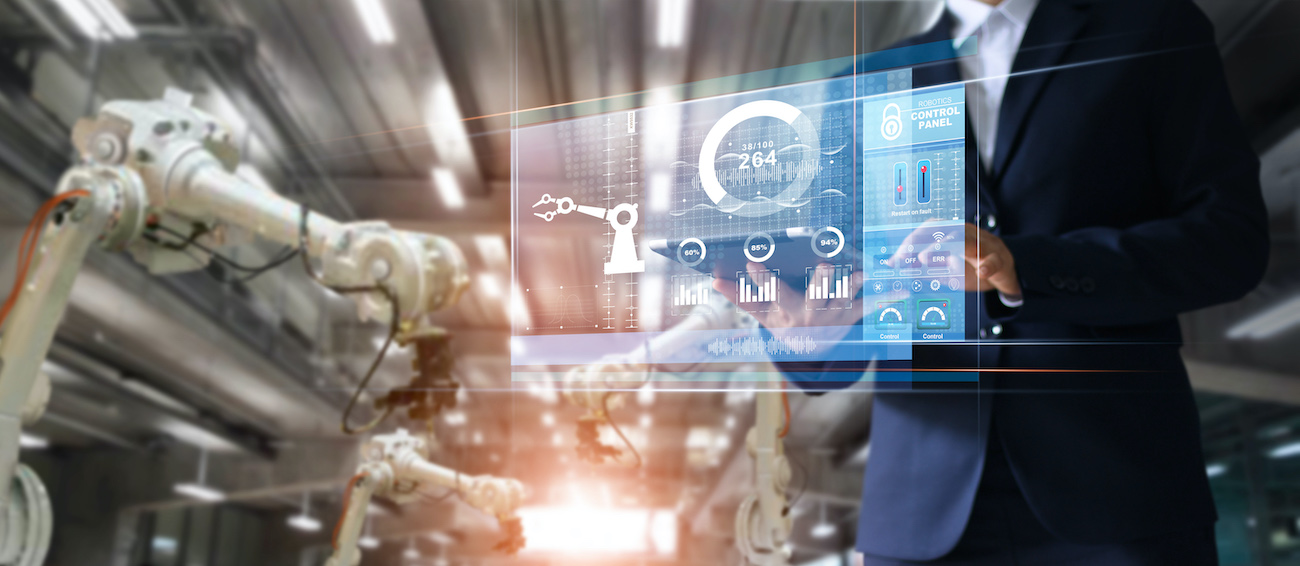Industrial IoT and the Cloud: Why Data is Only Half the Battle
Regardless of whether you are retrofitting or purchasing new IT systems to remain competitive in manfacturing, you should develop a digitized, data-driven production strategy based on Industrial Internet of Things (IIoT). It’s important to recognize the collection and storage of production-relevant data is only half the battle. A networked production line will only realize its full potential with cloud-based applications.
There’s a huge upside to digitally transforming manufacturing production. The term Industry 4.0 describes a change in business processes and regulatory standards. With more manual processes becoming automated, the mass production of a standard product is replaced by intelligent mass production of individualized products.
Customer requirements have also changed. They don’t want to buy products; they want to rent services. They also expect to only pay for what they use in the cloud, such as offered by Amazon Web Services (AWS) with their “pay-as-you-go” cloud pricing. Those who do not move toward this change and network their production based on a central IIoT platform will be left behind.
The Path of Data and Its Role in IIoT
A major advantage of networked production environments is the availability of many relevant data points that provide transparency into processes. This can best be illustrated with an SAP system that’s used frequently in an industrial environment.
Edge devices such as routers, routing switches, integrated access devices (IADs), and multiplexers collect the data directly on the networked systems and forward them to solutions such as SAP Plant Connectivity and SAP Digital Manufacturing. This raw data can then be transferred to an AWS data lake solution as a system of record (SOR) and enriched with data from SAP systems such as SAP S/4HANA.
The added value only comes after turning the raw data into comprehensive information using cloud-based artificial intelligence (AI) and maching learning (ML) micro services, and afterwards visualizing it on a central platform such as SAP Analytics Cloud or with SAP Intelligent Asset Management Suite applications. A digital twin can then be created by visualizing this data. Findings are fed back into the systems and are planted in a feedback loop for permanent improvement.
In an ideal IIoT environment, data and information circulate in a permanent cycle. They are constantly combined and analyzed. While this sounds good in theory, there are some things to keep in mind when putting it into practice.
Read the full article here to find out about Why Quality is More Important than Quantity. Also, read this Case Study: Electric Motors Manufacturer as Connected Products with IIoT.
Further Reading: 10 Rules Behind Amazon’s Success You Can Use on Your Digital Transformation Journey



